
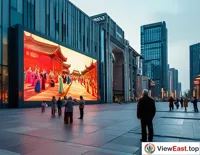
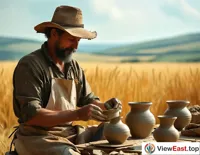
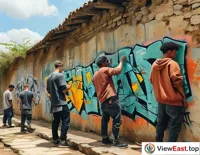

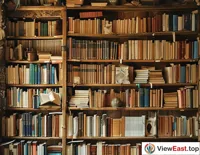
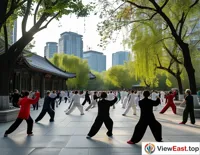
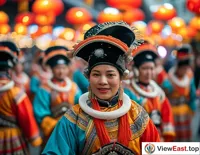
On the ancient yet vibrant land of China, cultural heritage flows like an endless river, tightly connecting cities with rural areas. From ancient traditions to modern artistic expressions, from rural handicrafts to urban cultural innovations, the diversity and richness of Chinese culture achieve perfect integration and inheritance between urban and rural areas.
The Long River of History: The Source of Cultural Heritage
The story begins with the long history of China. Chinese culture has a long and storied past, from oracle bone script to modern characters, from classical poetry to contemporary literature, the inheritance of culture has never been interrupted. Over time, cities and rural areas have formed a unique interactive relationship in the exchange and integration of culture. Cities act as the center of cultural innovation, while rural areas preserve the roots of traditional culture.
Reform and Opening Up: The Accelerator of Cultural Integration
Since the reform and opening up, China's urbanization process has accelerated, with a large influx of rural population into cities, bringing fresh blood to rural culture. At the same time, urban cultural concepts and innovative thinking also continuously influence rural areas. Cultural exchanges between urban and rural areas have become more frequent, and the integration of culture has brought diversity to cities and new vitality to rural areas.
Modernity and Tradition: The Spark of Cultural Integration
At the intersection of modernity and tradition, China's cities and rural areas continuously create new cultural sparks. Modern art exhibitions in cities often include works inspired by rural traditions; rural festivals also incorporate elements of urban pop culture. This cultural integration not only enriches people's spiritual lives but also promotes cultural innovation and development.
Protection and Inheritance: The Practice of Cultural Integration
China has made great efforts in the protection and inheritance of culture. The government has introduced a series of policies aimed at preserving rural traditional culture and handicrafts while promoting the diversity of urban culture. From the application for intangible cultural heritage to the protection of traditional villages, from the organization of urban cultural festivals to the promotion of rural cultural activities, the practice of urban and rural cultural integration continues to deepen.
Future Outlook: The Splendor of Cultural Integration
Looking to the future, the integration of culture between China's cities and rural areas will become more profound. With the strengthening of cultural confidence and the advancement of cultural innovation, China's cultural heritage will become more colorful. The integration of urban and rural cultures will not only promote the inheritance and development of culture but also contribute Chinese wisdom to the diversity of world culture.